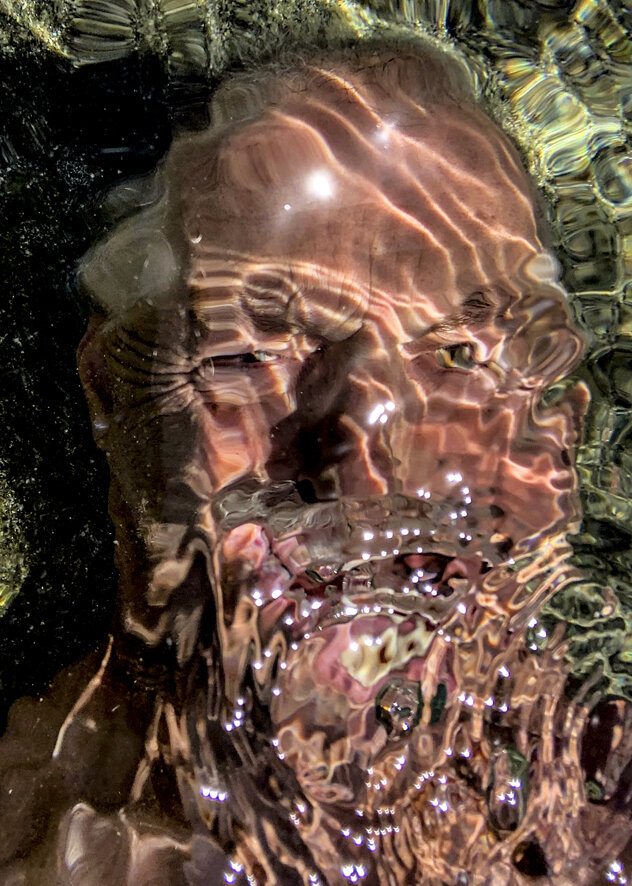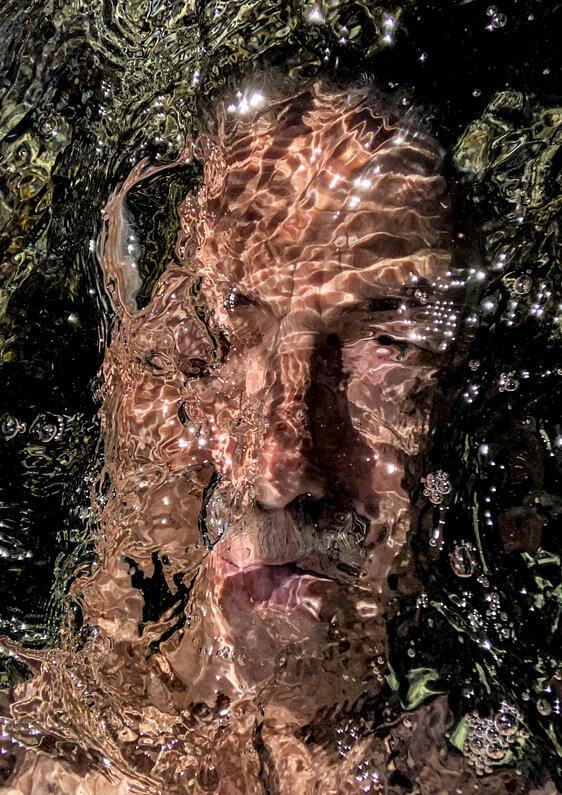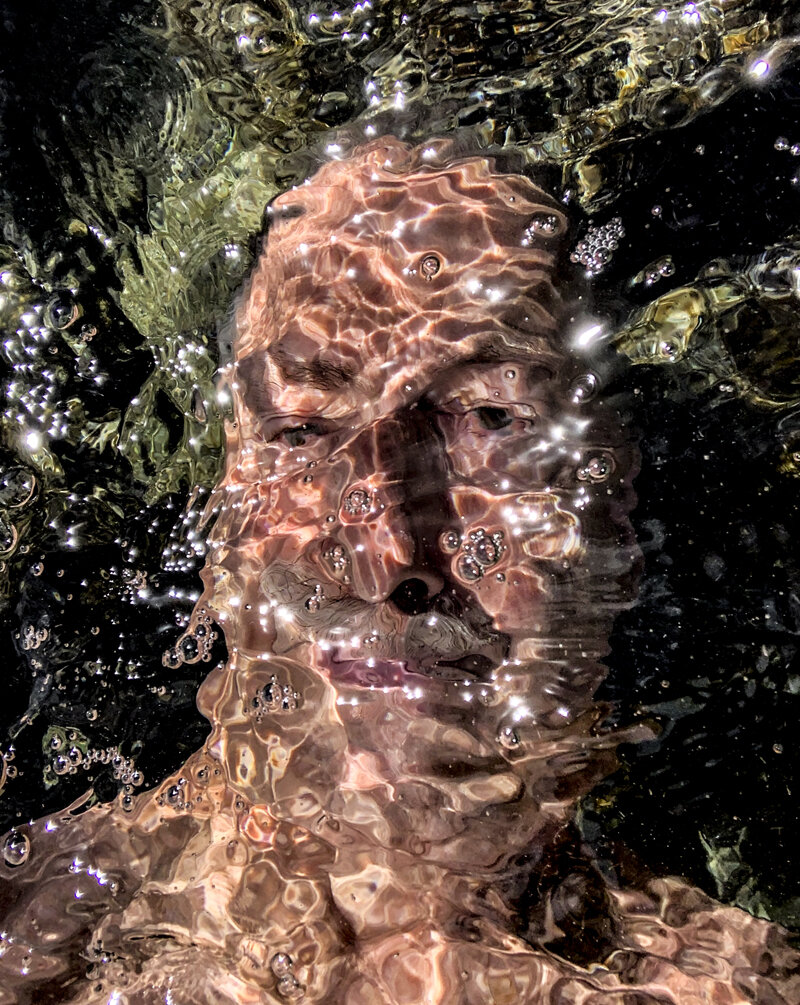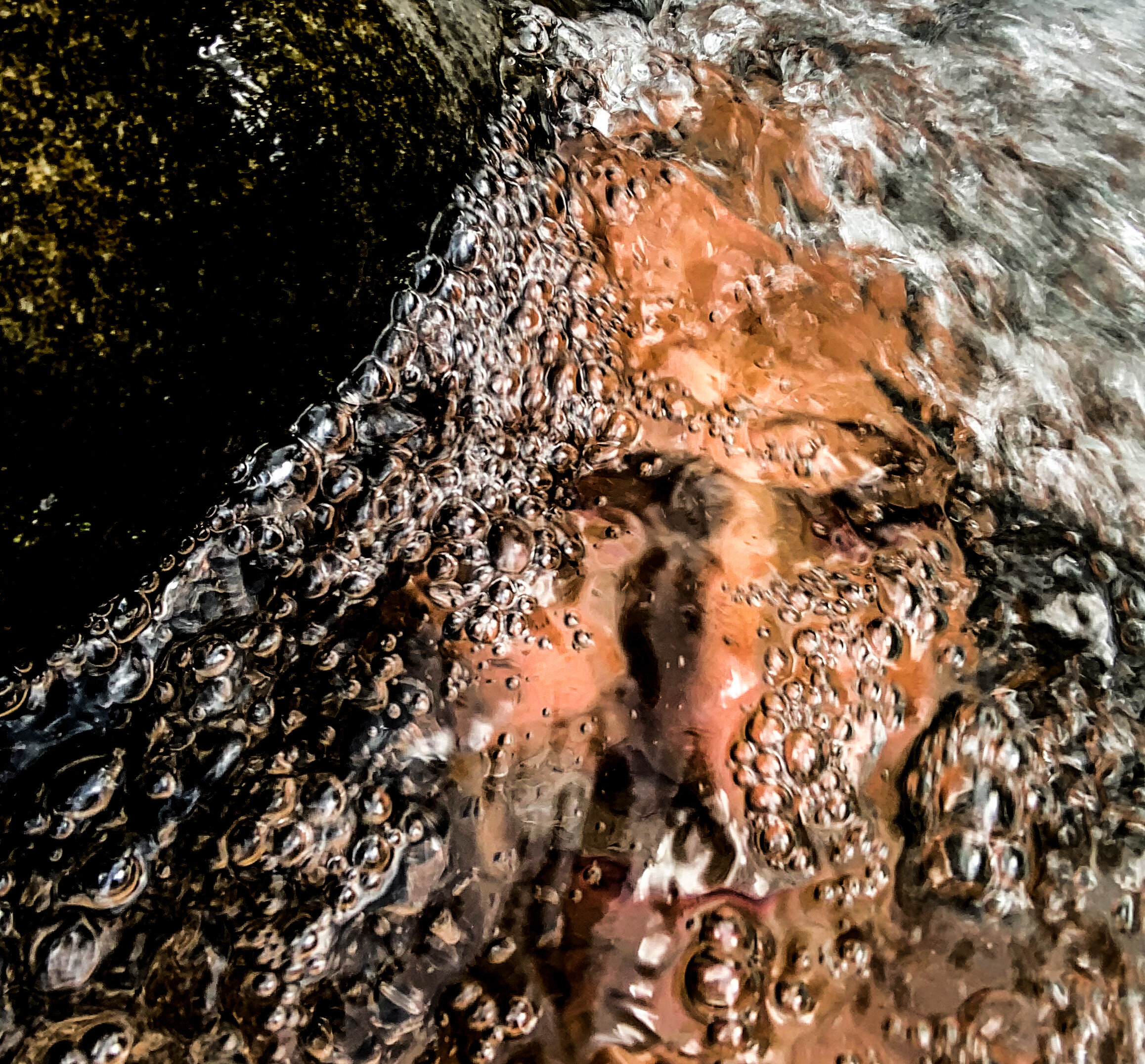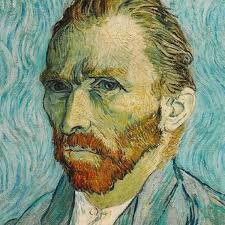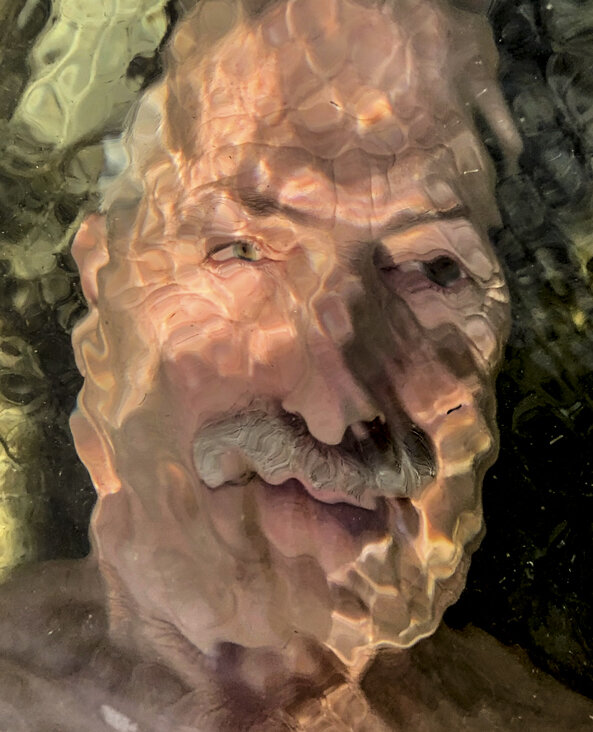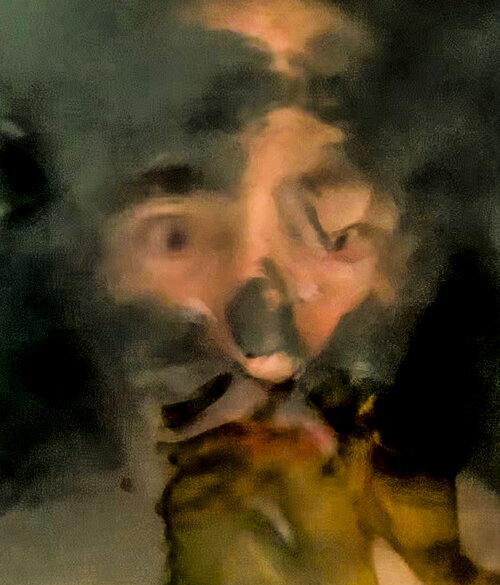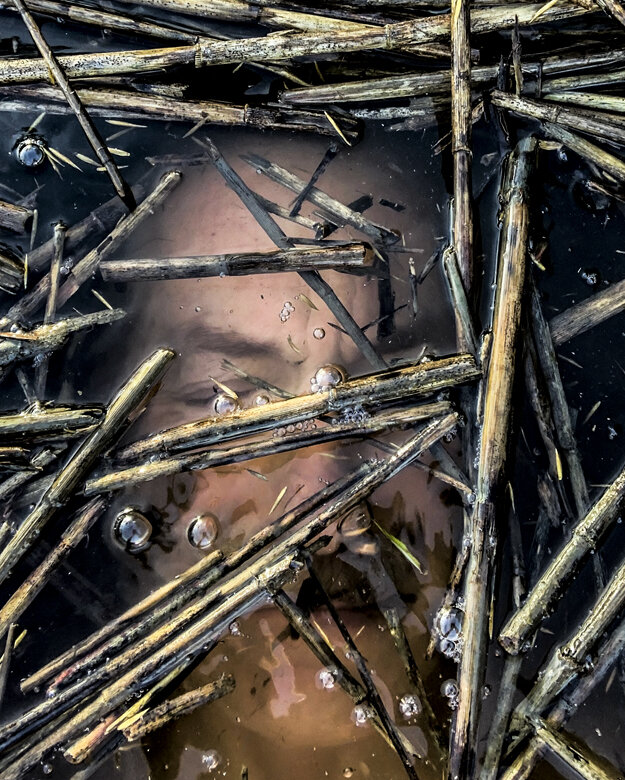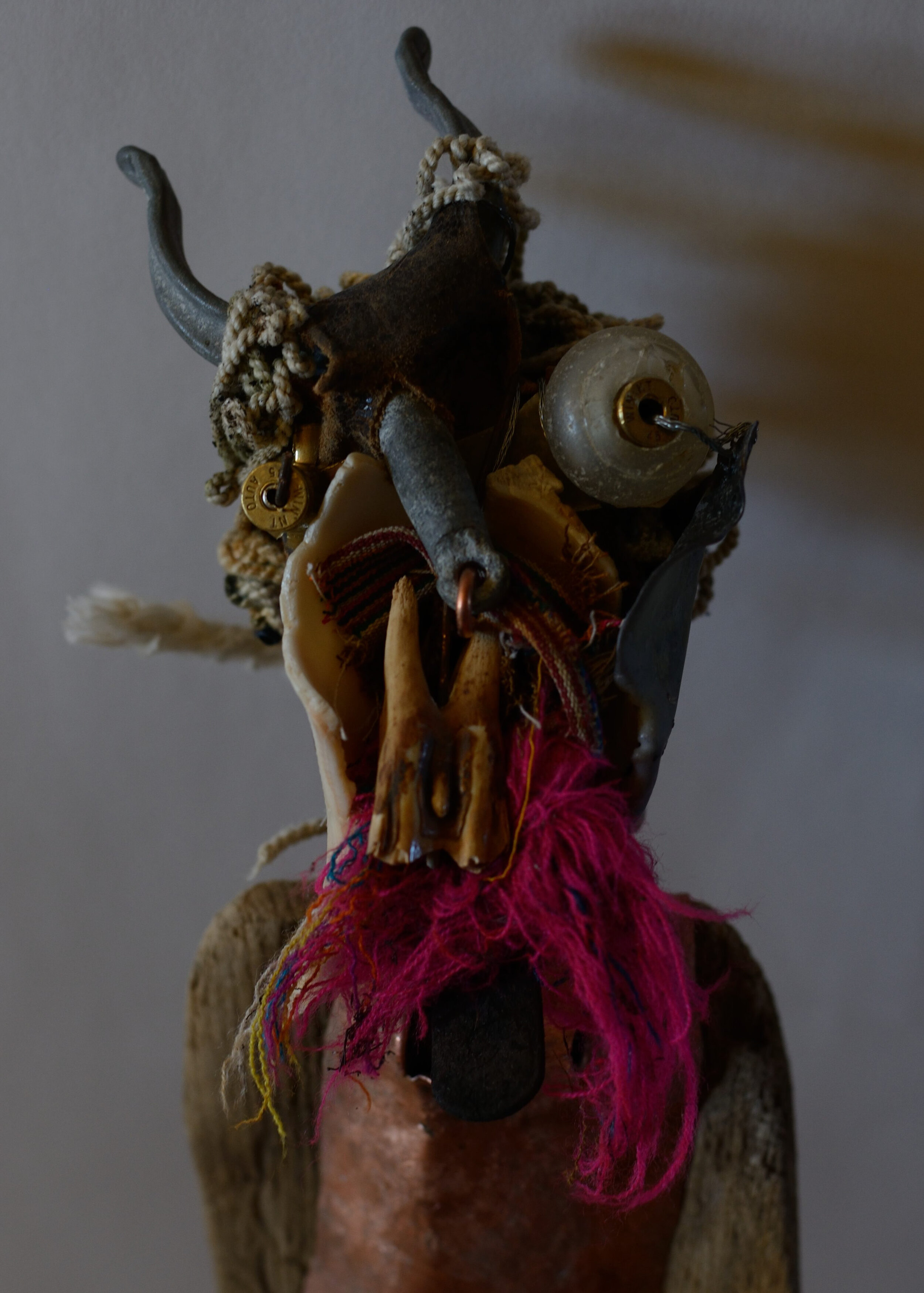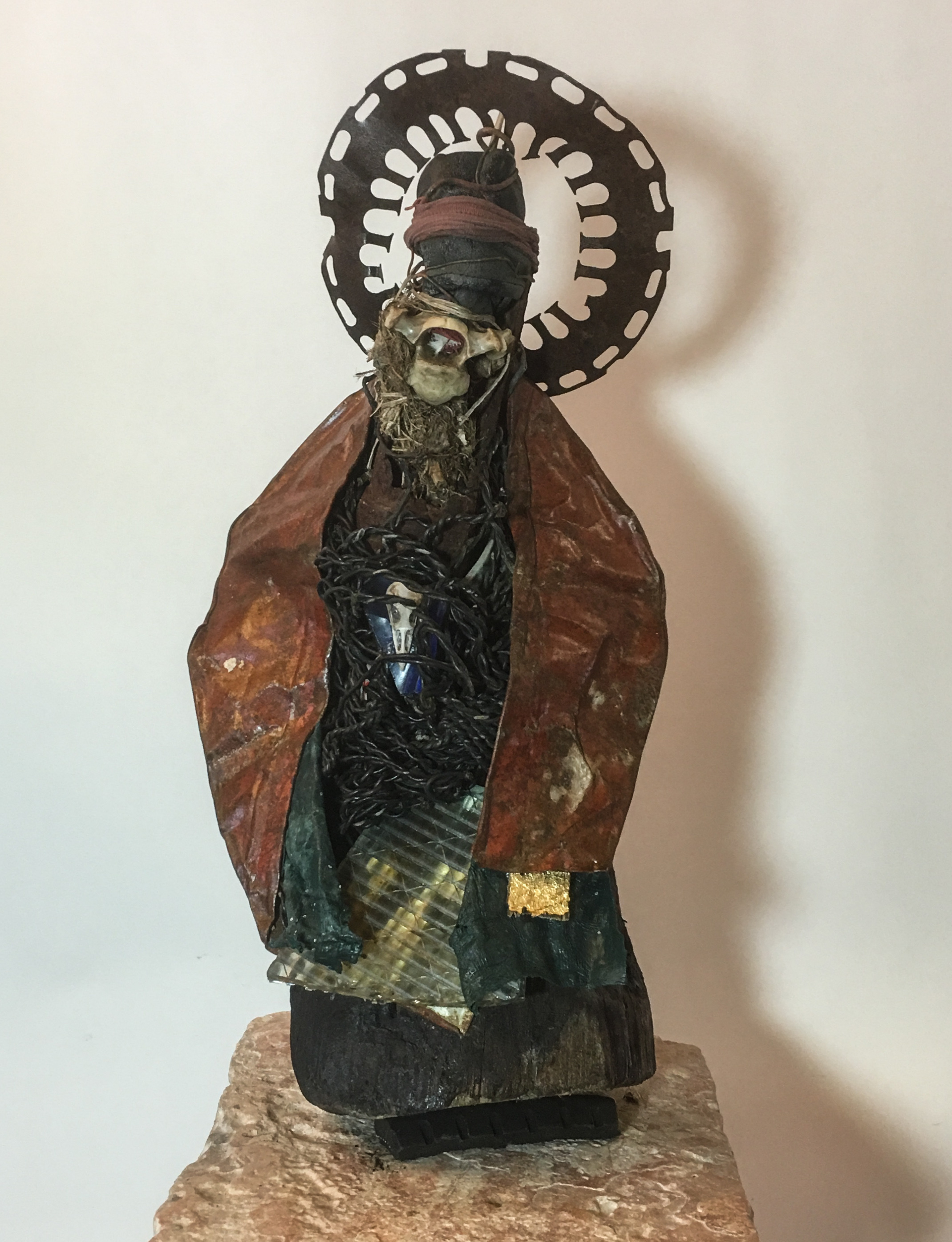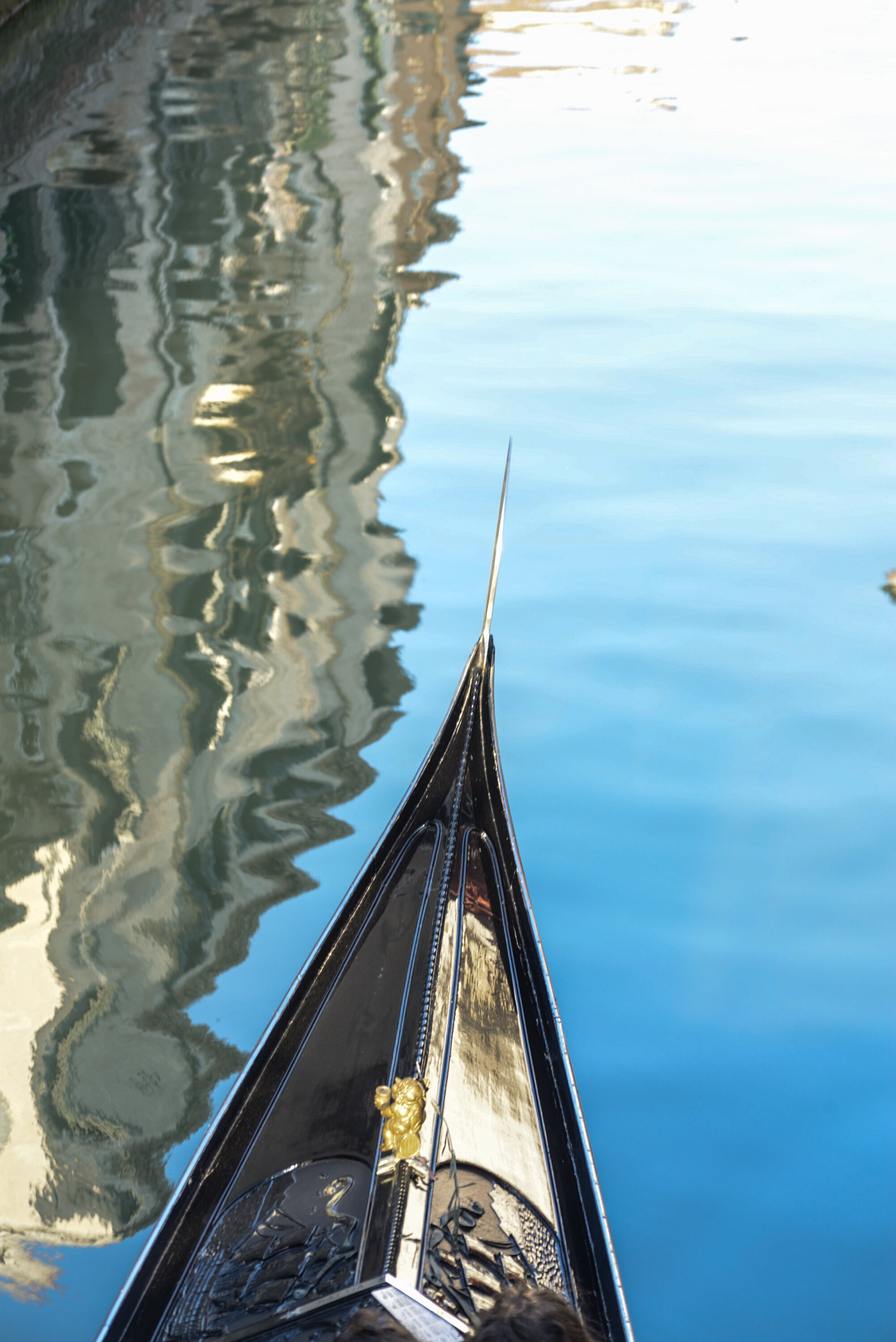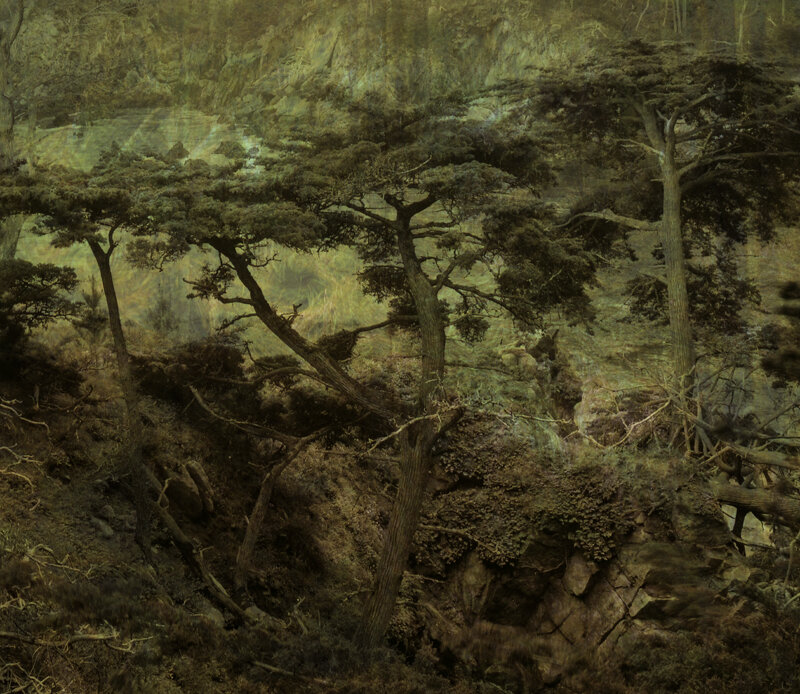Continuing being anything seems challenging now. We are self-confined and to some extent, externally rattled by news and worry. The thought of finding peace seems either impossible or unethical.
I hiked three miles into a remote canyon in southern Arizona alone today, March 24th for some peace. The global pandemic follows us in consciousness if not biologically. Yet…there was a respite; the combination of walking, rock hopping, climbing, smelling the desert Spring, feeling the sun on my skin, brought me to a good place.
There are hidden petroglyphs in this canyon, dozens, with no park sign or pamphlet to distract from their remoteness or that they were at some remote time, important to people; people who are not here now.
These days, do we remember our long histories of tragedy and joy? Was it just three months ago that we embraced our friends? How will we record these times in our minds and hearts?


